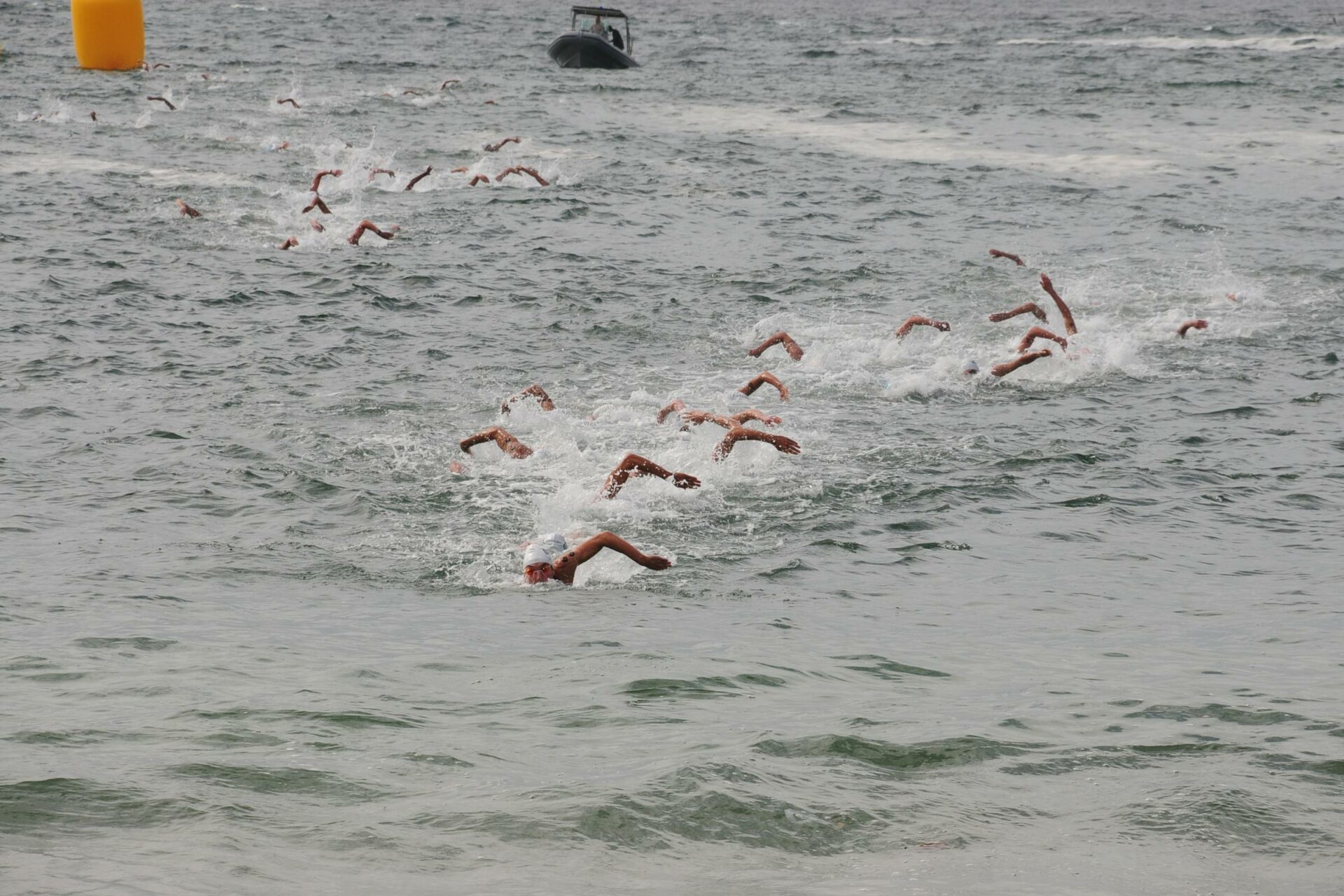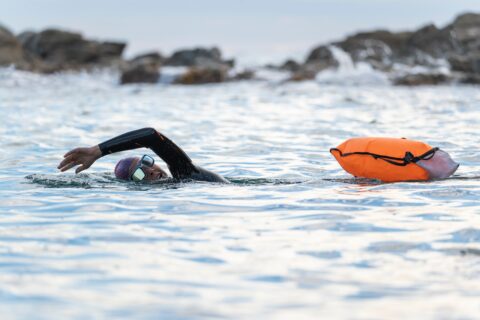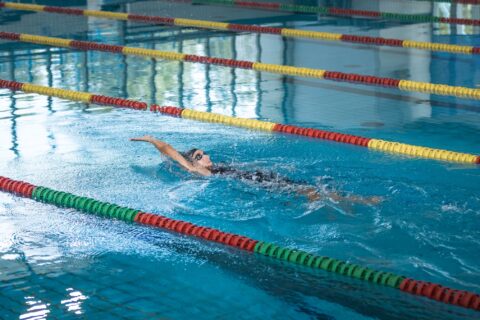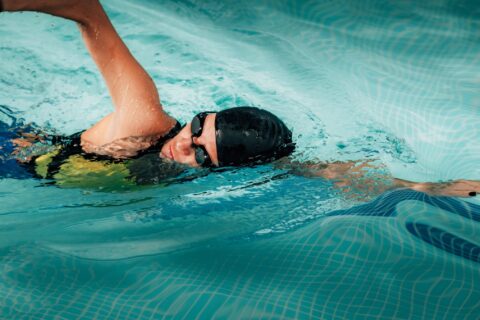Over my career, I learned how to teach triathletes to improve their swimming. I found that this method results in a significantly greater improvement in a shorter amount of time.
Over my career, I learned how to teach triathletes to improve their swimming. I found that this method results in a significantly greater improvement in a shorter amount of time.





